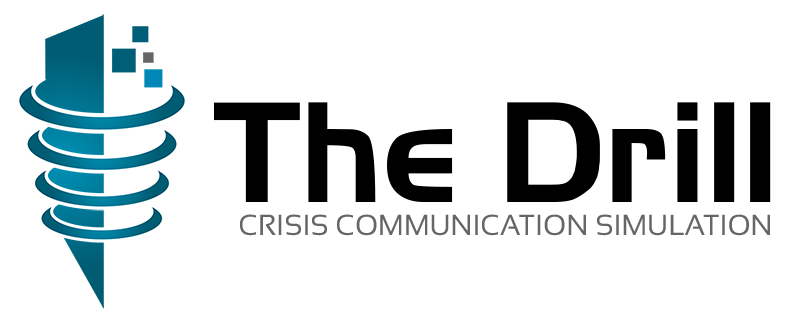Crisis communications needs effective and holistic trans-media monitoring, says Australian crisis expert.
This article (part 1 of two) looks at effective media monitoring as part of crisis management training systems, in Australia and beyond. It also emphasises the need for holistic media monitoring as critical to good crisis communications practices, as well as being core to effective crisis management solutions for today’s media environment. So…
Imagine trying to defend yourself in an unscheduled scrap against Mixed Martial Arts brawler Conor McGregor. Now, contemplate facing the Celtic combatant with one eye blindfolded, and one hand tied behind your back.
To me, that’s like trying to effectively handle modern crises using only Google Alerts as your key source of issue and stakeholder monitoring: You won’t see many of the blows coming and you won’t have effective reach or speed to counter inevitably relentless attacks.
Crisis Communications Management
In my work, a trans-media scouring notification ‘app’ delivers real-time, intel-replete notices on issues I’m tracking for clients and for my own business. Google Alerts alone don’t cut it anymore. So, just as I use crisis simulation software - The Drill - to run crisis management training (Australia), I need the best crisis monitoring software in my own issues management templates.
But quizzing a diverse sample of associates about how they monitor and track developing threats and emerging issues, many still love the simplicity and (no) cost of Google Alerts; it’s what they see as a trusted source of ‘intel’.
Social Media Crises
Yet for almost seven years, Google itself is on record admitting - if not the ineptitude, but - the incompleteness of its Alerts content detection and notification service. “We’re having some issues with Alerts not being as comprehensive as we’d like,” was the company statement in 2013. For social media crisis handling, Google Alerts just won’t adequately inform good strategic crisis management practices.
Further, anecdotal industry reports by integrated monitoring technology - Mention - claims that Google Alerts may only be finding and presenting around one-tenth of the commentary that accompanies trans-media reportage: One-tenth! Can you imagine what that does to your stakeholder and influencer matrix? Can you see how this could badly impact on crisis planning and crisis team command centre capabilities. Bad intel = bad decisions, after all.
Some of the main reasons that Alerts is selling the contemporary crisis manager short include:
Focussed on large volume online news and blog sites
Doesn’t index or catch many of the emergent (and popular) new social media sites
Overlooks key influencer commentary and real-time crisis conversations
Fails to interpret the import/impact of data found, and is
Cumbersome and laborious for packaging, reporting and sharing results
Crisis Communications needs accurate crisis data
It’s not to say that Google Alerts doesn’t have its place; it does, but its pre-eminence was more relevant over seven-plus years ago, when specific technologies developed to mine big data for crisis-critical intelligence and insights were less-developed than are available now. If you use crisis simulation software or a social media simulator, you will well-know what I mean!
You see, the data you’d want to access in your crisis monitoring may include audience numbers, key influencers (and their distribution channels), keyword mentions, publishing times, syndication sources and sentiment indicators. Bigger data allows you to see a bigger picture. In observing and handling modern media crises, it’s common to see the early crisis narrative emerge across social media channels (especially Facebook and Twitter) before being ‘legitimised’ by mainstream news media and, thereafter, infusing search engine finds.
So if you’re relying on Google Alerts to inform your crisis management templates, it’s likely you’ll miss the early ‘heads up’ you need to get ahead of the crisis commentary and curve. By the time the crisis has ‘broken’ across online news media and “Search”, you’re facing an uphill chase to assert your understanding/side of the story.
Of course, there’s a whole lot more to crisis monitoring systems than I’ve just outlined, but that will come in the second part of my article. So whether you’re a crisis management expert, a crisis company head or a crisis management consultant working in-house, stay tuned for more insights on the role of media data and monitoring, for the most effective crisis communication plans.
Thanks for now…
